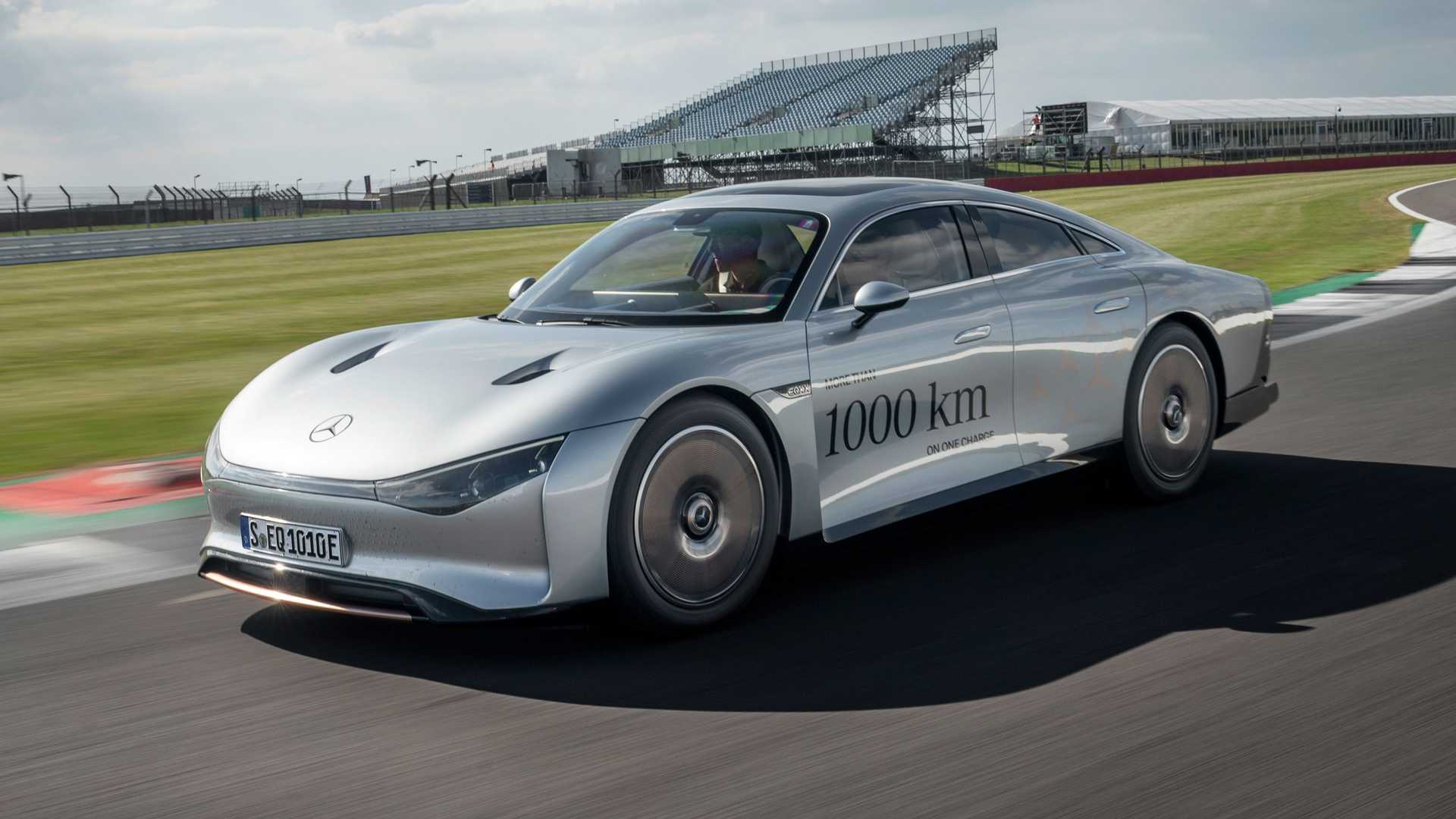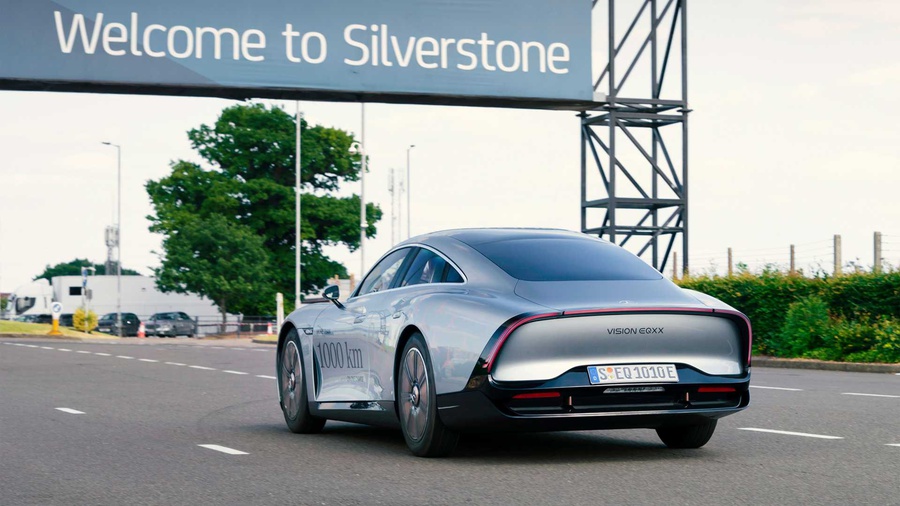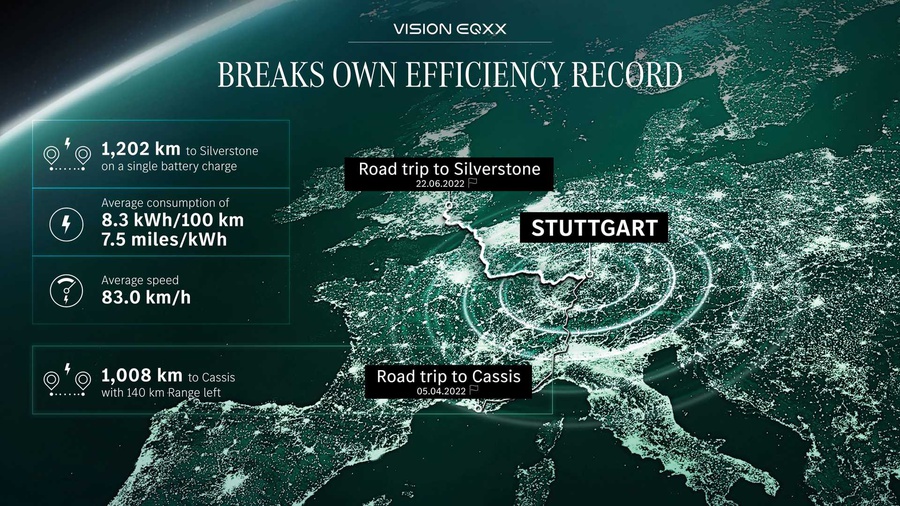The journey of the Mercedes-Benz Vision EQXX took two days 14 hours and 30 minutes. At the very beginning of the trip, the crew had to go around a closed section of the autobahn over rough terrain. The electric car crossed the French border near Strusbourg, after which it proceeded along local highways to Calais. There, the car was placed on a train from France to the UK through the Channel Tunnel.
Continuing its journey across the UK, the Vision EQXX took the M25 around London before stopping at the Mercedes-Benz Grand Prix at Brackley. Then the electric car went to Silverstone, where he was greeted by the pilot Nick de Vries. The Dutchman, who plays for the Mercedes-EQ Formula E team, accelerated the experimental car to a maximum speed of 140 km / h on the legendary race track. He drove 11 laps, using the last charge in the pit lane.
After a trip to Silverstone and a reload, the Vision EQXX went to the Goodwood Festival of Speed.
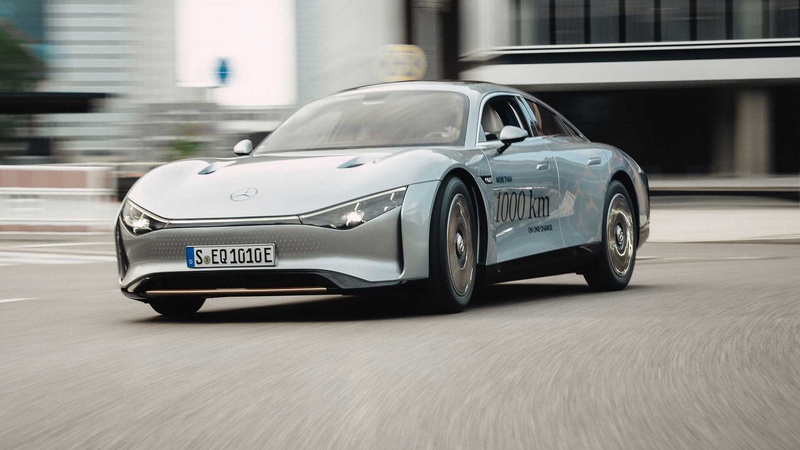
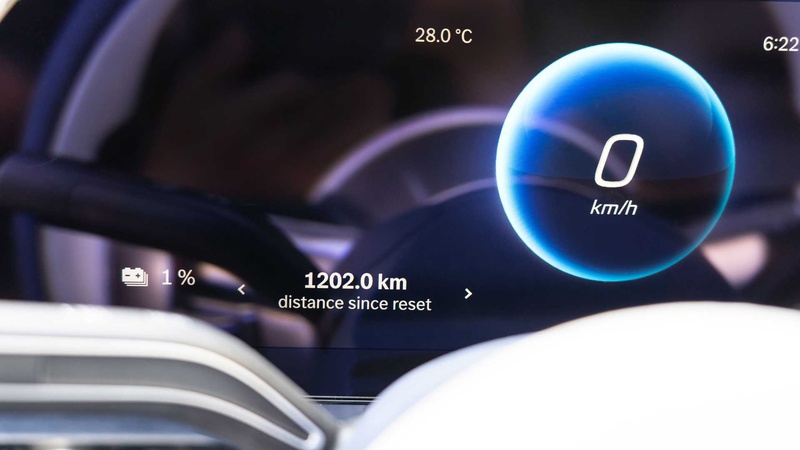
Throughout the trip, the Vision EQXX used an innovative thermal management system to achieve an average consumption of 8.3 kWh/100 km in heavy traffic and summer temperatures. During 14 hours and 30 minutes of driving, the air conditioning ran for just over eight hours, but had minimal negative impact on overall energy consumption.
Mercedes does not disclose the battery capacity of the Vision EQXX, stating only that it is less than 100 kWh. The battery pack is 50% smaller and 30% lighter than the Mercedes-Benz EQS series electric vehicle. One electric motor produces 241 horsepower (180 kW). To increase range, there is a solar panel in the roof that powers the air conditioning and infotainment system. Vehicle weight without load is 1755 kg.
The previous Mercedes-Benz Vision EQXX record for longest range on a single charge was set in April this year. Then he covered 1008 km from Stuttgart to Cassis on the French Mediterranean coast. The air temperature on that trip ranged from 3 to 18 degrees Celsius, and the route also passed along mountain roads. As a result, the average energy consumption was 8.7 kWh/100 km, and the remaining range upon arrival at the finish line was about 140 km.
Source: mercedes benz
